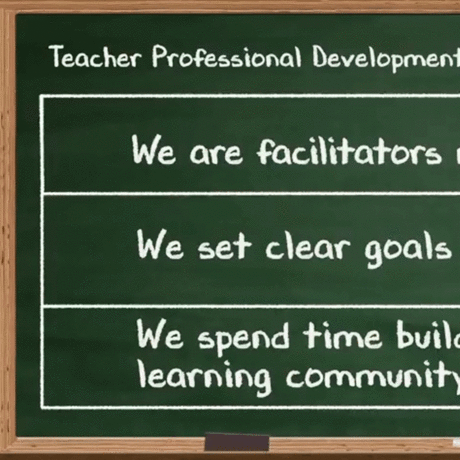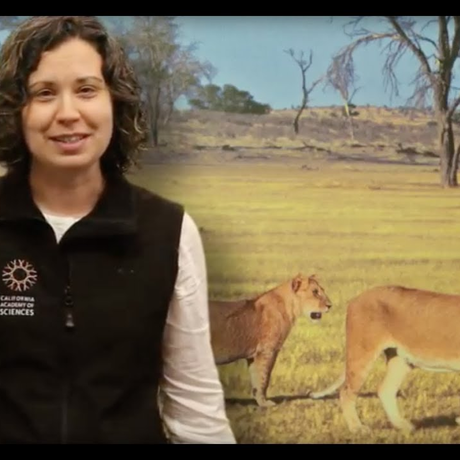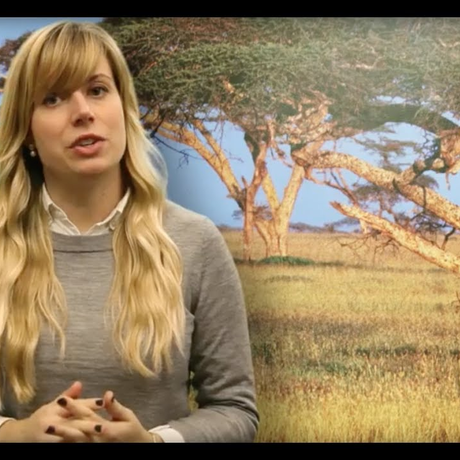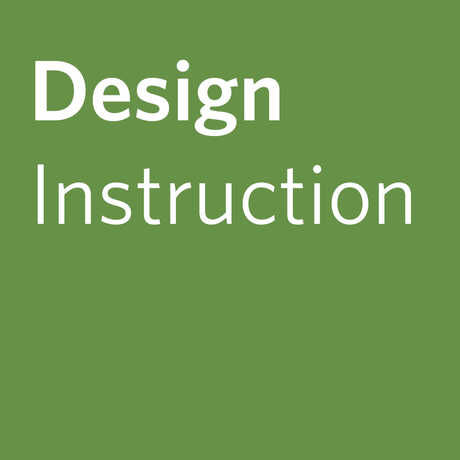
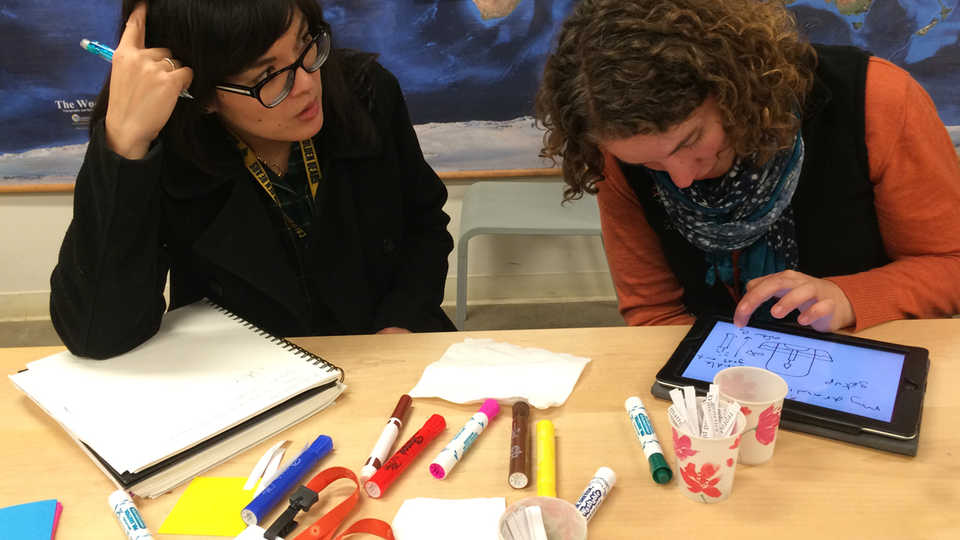
Adults and children aren’t so different when it comes to learning, but they do have some different needs. It’s important to be cognizant of both the similarities and differences in how adults and children learn.
How does teaching adults compare with teaching children? The notion of andragogy—or best practices for adult learning—has been around for some time (Knowles, 1980). Many authors put it in contrast with pedagogy, outlining only the differences. While there certainly are some differences when working with adults rather than children, there are some basic human motivations behind learning that are common to people of any age (Davenport, J., & Davenport, J. A., 1985).
Rather than presenting andragogy and pedagogy as opposites, we prefer to outline the good teaching practices common to both, while still attending briefly to some key Action Steps to consider when teaching adults.
Note that we work specifically with science teachers, and that is reflected in this outline. However, these ideas are true for all adult learners, regardless of their field. We hope you find these ideas useful in shaping your own perspective on high quality professional development and facilitation.
People draw on their own previous knowledge and experiences
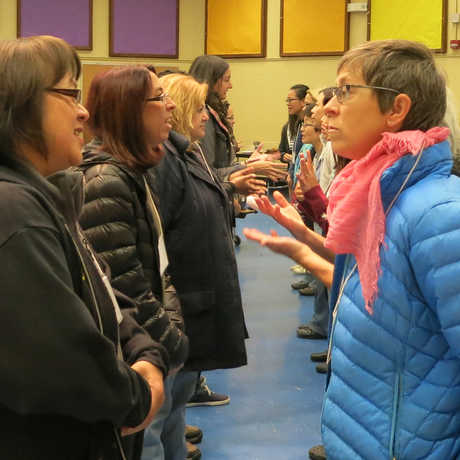
All people have preconceived notions and misconceptions about how science concepts work in the real world (Committee, 1997).
They need to be able to engage these ideas and put them out on the table if they are to be able to challenge them and supplant them with new knowledge (Bransford et al, 2000).
Adults come in the door with a much greater wealth of experience, which needs to be acknowledged, and drawn upon; they still may have some misconceptions, possibly because they were never given an opportunity to challenge them.
Action steps:
- Deliberately make room for participants to think and speak about their ideas on a subject, either with an icebreaker, or within the activity itself using talk strategies like ‘pair-share’ or ‘3-2-1.’
- Give participants a chance to write individually about their initial ideas, either before they share with others, or just for themselves as a record of their own thinking.
- Use individual thinking time. For example, have participants do a pre- and post-write as reflection, so that they can see how their ideas have changed.
People like to know why they are learning something
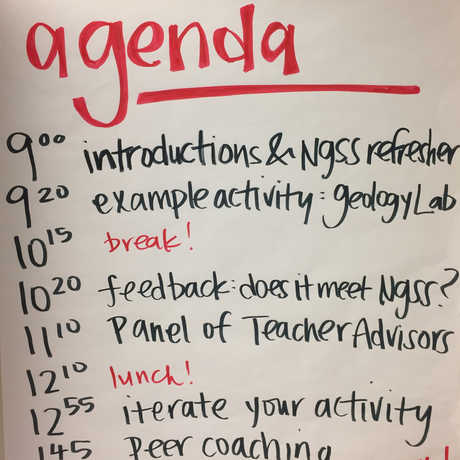
Both children and adults like to have a notion of why something is important.
Children may be motivated by external pressures—grades, avoidance of failure, parental approval—whereas adults are more internally motivated (Bransford et al, 2000).
Adults tend to want to know why doing something will improve their practice, their jobs, or their work/life balance. If these needs are met, adults are more open to learning.
Action steps:
- Share the agenda and goals for your session with participants as early as possible.
- Have the agenda and goals posted somewhere central, so both you and the participants can refer to them throughout the day.
People learn science by doing science
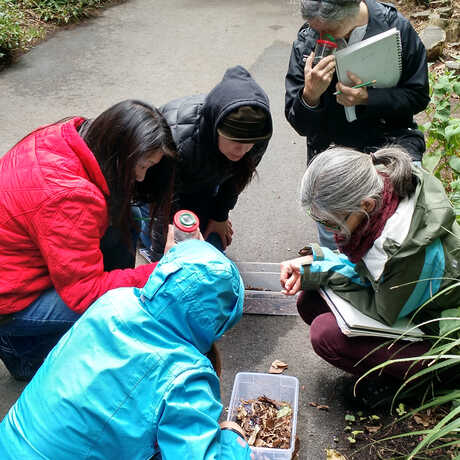
Some things can be learned through direct instruction. Other things can only be picked up by modeling and/or doing. Having people learn what science is by actually doing science allows them to pace themselves and their own learning—exactly like how science works in the real world, as scientists can’t rush experiments.
Adults also benefit from being in the learner’s role. They need to understand and remember what it feels like to learn science (Committee, 1997). Teachers also need time to translate their learning into classroom practice after an activity, while the experience is still fresh in their minds.
Action Steps:
- Start with doing science as soon as possible to set the tone. Don’t forget that people need the experience of being learners, adults included.
- Break an activity you already have into Learner Mode vs. Teacher Mode. Teachers benefit most from being in learner mode when they are given ample time to translate that experience back to what that means for their classrooms.
Storytelling works
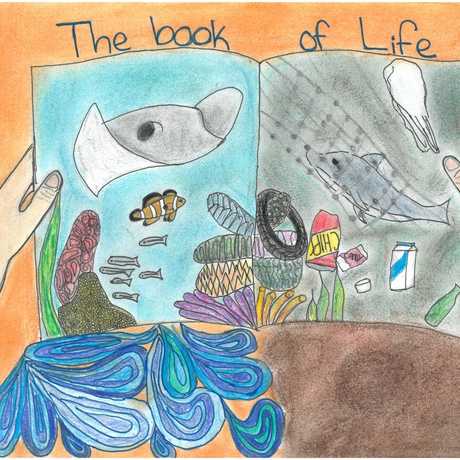
Discrete facts can be difficult to digest and can sound intimidating. For example: ‘environmental factors affect phenotype’ or ‘dominant genes mask recessive ones’ are facts that hold a lot of information, and out of context can be difficult to understand.
The human brain is wired to receive information in context. Narratives can give students context for what they are learning, and let them relate content to either something within their realm of experience or to something they may not have experience with yet (Caminotti, 2012).
Action steps:
- Give an example of how or why the phenomenon is important in the real world, like a local weather or geologic event such as a hurricane or an earthquake.
- Find a related news story that relates to your subject. For example, share this article about two sets of identical twins half-switched at birth (Dominus, 2015) before studying heredity and environment.
People like to have some control over their learning
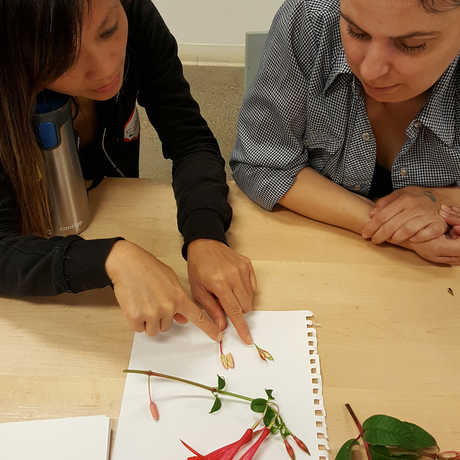
All people learn differently, and sometimes they learn differently on different days or even at different times of day.
We can attend to this by making time and space for people to pace themselves, and to allow them to use the particular learning style that feels right in the moment.
If given defined learning goals, participants can be the judge of whether they achieved them or not (Bransford et at, 2000). Adults, even more than children, prefer this, and will tend to be more critical of whether or not the goals are worthwhile.
Action step:
- Build in a variety of ways to engage with the materials and learning goals. Choices, even if there are only two, give people the feeling of being in control.
Closing thoughts
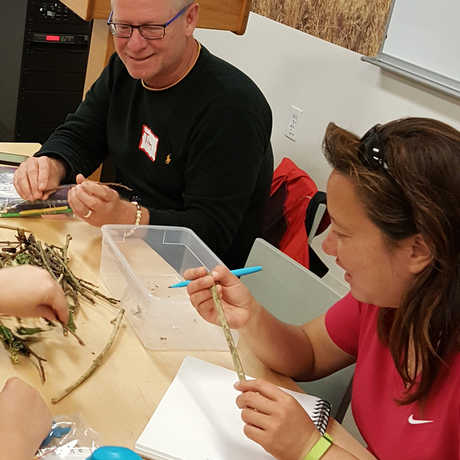
Adults and children aren’t so different when it comes to learning, but they do have some different needs. It’s important to be cognizant of both the similarities and differences in how adults and children learn.
We shouldn’t throw what we know from teaching children away; we can simply pull in a few things that tend specifically to the needs of adults, like their intrinsic motivations for learning and their greater prior knowledge.
If we make time for that when we plan for adults, learning can happen in an environment where they feel respected and supported.
References
Bransford et al (2000) 1 Learning: From Speculation to Science. National Research Council. 2000. How People Learn: Brain, Mind, Experience, and School: Expanded Edition. Washington, DC: The National Academies Press. doi: 10.17226/9853.
Caminotti, E., & Gray, J. (2012). The Effectiveness of Storytelling on Adult Learning. Journal of Workplace Learning, 24(6), 430-438.
Knowles, M. S. (1980). The modern practice of adult education. New York: Cambridge, The Adult Education Company.
Davenport, J., & Davenport, J. A. (1985). A chronology and analysis of the andragogy debate. Adult Educational Quarterly, 35 (3), 152159.
Committee on Undergraduate Science Education (1997). Science Teaching Reconsidered., National Academy Press., 27-30
Susan Dominus (2015). The Mixed-Up Brothers of Bogotá. The New York Times Magazine, online.

